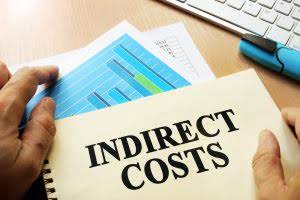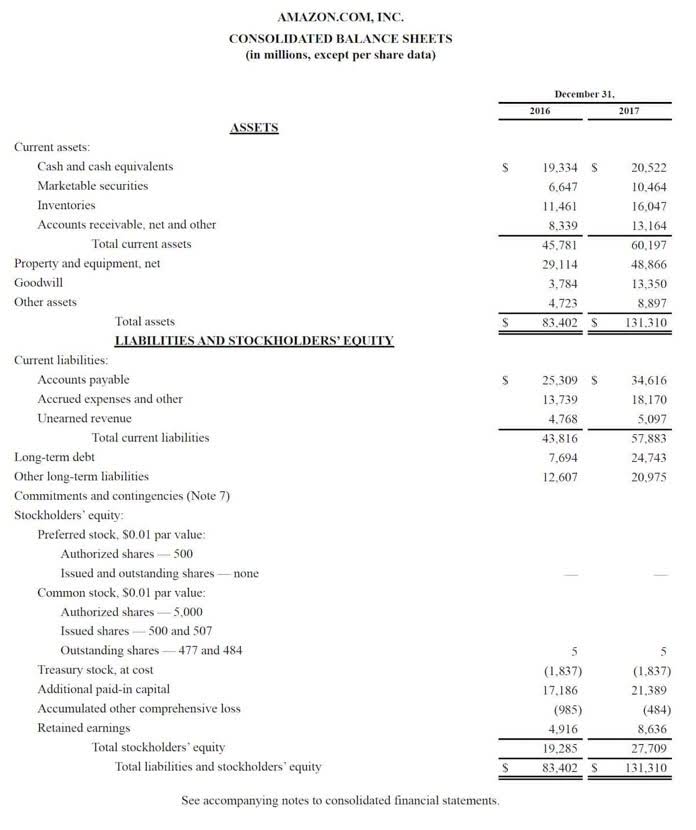Non cumulative dividend: A dividend that does not accumulate over

Essentially, they pay cumulative dividends that build up a ledger of owed payments over time. Companies must pay down these accumulated dividend balances before resuming normal dividend payments. So cumulative dividends provide an extra level of security for preferred shareholders – they have seniority in receiving dividend payments. Investors who are considering purchasing convertible preferred stocks should carefully evaluate the specific terms of the security they’re interested in.

Taxation
- However, the non-cumulative aspect means that if a company decides to skip a dividend payment, it is not obligated to make up for it later.
- Additionally, non-cumulative dividends can offer higher yields than cumulative dividends, making them an attractive option for income-seeking investors.
- A new business or venture capital scheme may be happy to postpone paying dividends until sometime in the future.
- Ultimately, the decision to issue non-cumulative preference shares should be based on a thorough assessment of the company’s financial position, long-term goals, and the needs of its investors.
- If the investor converted their holding into preferred stock, they would own securities with a total market value of $1,200, compared with a $1,050 bond.
Instead, it is considered waived, and the preferred shareholders will not receive the missed dividend amount in the future. Non-cumulative preferred dividend is a type of dividend paid to preferred shareholders that does not accumulate if it is not paid in a given period. Understanding the importance of historical performance and examples when investing in financial instruments such as noncumulative preferred stocks is crucial. In this section, we’ll explore instances of companies issuing noncumulative preferred stocks and analyze their dividend trends to provide context for investors.

Unpaid dividends on noncumulative preferred stock aren’t paid in arrears
- Assume ABC Company with 1000, 5%, $100 par value noncumulative preferred stocks outstanding issued a dividend.
- Additionally, understanding the specific terms and conditions of the preferred stock, including any potential conversion or redemption features, is essential for making informed investment decisions.
- This allows the company to use its funds to invest in growth opportunities or pay off debt without worrying about accumulating a large debt of unpaid dividends.
- This flexibility allows for management of the cash flow without the long term commitment of the cumulative preferred shares.
- Unpaid dividends continue to accumulate until the corporation chooses to pay them out.
Non-cumulative dividends can also be advantageous for investors because they provide a higher degree of certainty around dividend payments. If a company misses a dividend payment, investors can be confident that it will not be made up in the future and can adjust their expectations accordingly. This can be especially important for income-oriented investors who are relying on their investments to generate a steady stream of cash flow. Non-cumulative dividends can be advantageous for issuers of preference shares because Oil And Gas Accounting they provide more flexibility in managing their cash flow.

What is Noncumulative Preferred Stock?
Some financial institutions issue noncumulative preferred stock as part of their capital structure. For instance, banks may offer these to enhance capital without committing to guaranteed dividend payments. With noncumulative preferred stock, noncumulative dividends the shareholders enjoy a certain level of protection. For instance, they have the assurance that no common stockholder can receive dividends before them. The preference over the common stock makes a noncumulative preferred stock more attractive.
Are There Specific Sectors or Industries Where Noncumulative Preferred Stock is More Common?
- This means that if a company decides not to declare a dividend in a given period, shareholders do not have the right to claim the unpaid dividend in the future.
- Even if the dividend is not paid for any reason, such as crisis or downfall, it will accumulate for a future date whenever declared.
- This is a significant advantage for investors because it ensures they receive all past due dividends when converting their shares into common stock.
- For instance, they offer investors a fixed income stream and a priority claim on corporate assets during bankruptcy proceedings.
- From the investor’s point of view, the callable feature introduces reinvestment risk.
- From the standpoint of corporate governance, non-cumulative dividends can be seen as a tool for aligning the interests of shareholders and management.
When considering the implementation of a non-cumulative dividend policy, it is imperative to navigate the complex web of legal and regulatory frameworks that govern such financial decisions. This policy, which allows a company to pay dividends at its discretion without the obligation to make up for any missed payments, must align with the corporate laws under which the company operates. This policy can be a double-edged sword, however, as it may also signal to potential investors a higher risk, given that their dividend returns are not guaranteed. Non-cumulative preferred stockholders receive their payments only after fixed assets cumulative preferred stockholders have been paid, which can give the issuing company more flexibility in managing its cash flow. Non cumulative preferred stockholders are also entitled to a fixed dividend rate, which can provide a stable source of income. This can be attractive to investors who are looking for a predictable return on their investment.

In this case, the stockholders have all the rights to claim for any pending accumulated dividends from the issuing company. From the perspective of a company, this dividend policy can be a tool for managing cash flow more effectively. It allows a company to conserve cash during lean periods without the obligation to make up for it later. Shareholders who prioritize predictable income streams might find non-cumulative dividends less appealing.
- This can be particularly impactful during economic downturns or periods of company hardship when dividends are more likely to be cut.
- Staying updated on industry news, mergers and acquisitions, and the financial performance of specific companies can also help institutional investors maximize their returns from noncumulative preferred stocks.
- In contrast, cumulative dividends carry forward any unpaid dividends to subsequent years.
- Unlike bonds, which usually guarantee fixed interest payments, the variable nature of dividends can lead to different risk exposures for investors.
- For example, consider an investor who purchases callable preferred stock with a 6% dividend yield and a five-year call provision at par value.
Preferred stock that accumulates unpaid dividends and which must be paid before any distributions to common shareholders. Shareholders who do not own cumulative stock do not have this protection; missed dividends are forfeited permanently. This increases the risk, but the trade off is often greater income, and noncumulative preferred stock is of interest to investors willing to sacrifice some of the security advantage in return for higher income. Unlike their cumulative counterparts, non-cumulative dividends do not accumulate if they are not declared.
